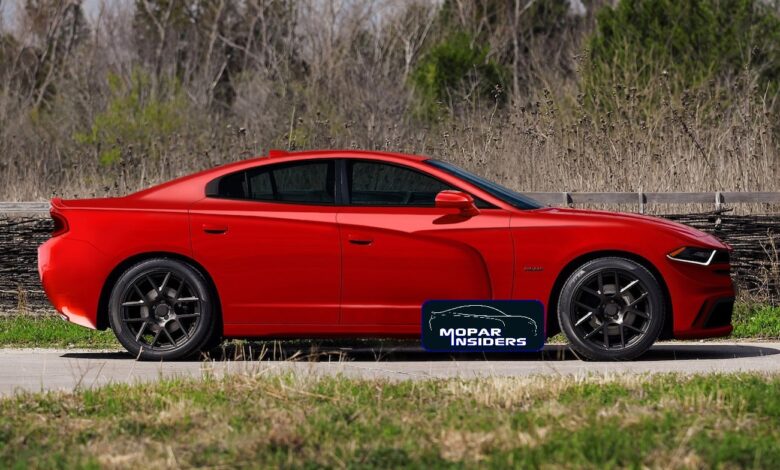
With the Dodge brand pushing forward towards electrification (or eMuscle as the brand calls it), there has been a lot of questions and concerns regarding the next-generation Dodge Charger (LF) and Challenger (LB) muscle cars. As Dodge continues to be very guarded about its new muscle car lineup, some recent information has come to attention over the past few months about the new pair of American muscle cars.
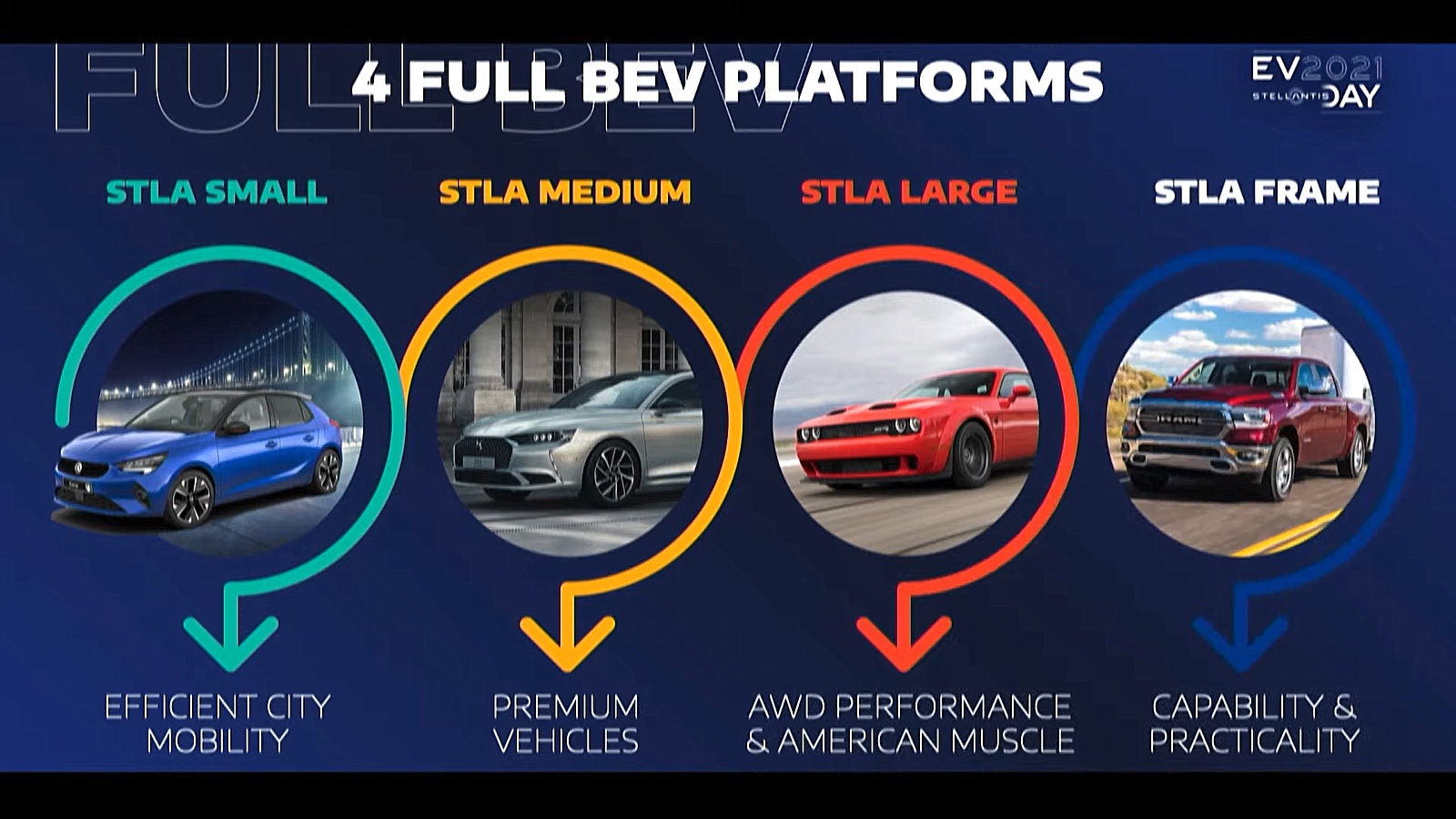
Architecture –
Stellantis let Dodge fans know during its EV Day 2021 Presentation, that the all-new LB and LF models would be based on the “new” STLA Large architecture. The STLA Large architecture is a derivative of the Alfa Romeo “Giorgio” platform, that currently underpins the Giulia and Stelvio.
Stellantis is modifying the Giorgio architecture to adapt both mild-hybrid (mHEV), plug-in hybrid (PHEV), and battery-electric (BEV) powertrain options. It also means that the Dodge muscle car duo will continue to offer both rear-wheel-drive (RWD) and all-wheel-drive (AWD) options for its customer base.
Styling –
When it comes to the new car’s styling, Dodge will continue to push both cars forward with a modern look according to sources close to MoparInsiders.com. Dodge CEO Tim Kuniskis, pulled back a tiny part of what may be the next-generation Dodge Charger during his EV Day 2021 presentation, showing us a vertical air intake in the lower passenger side of the vehicle (which you can see in the video above).
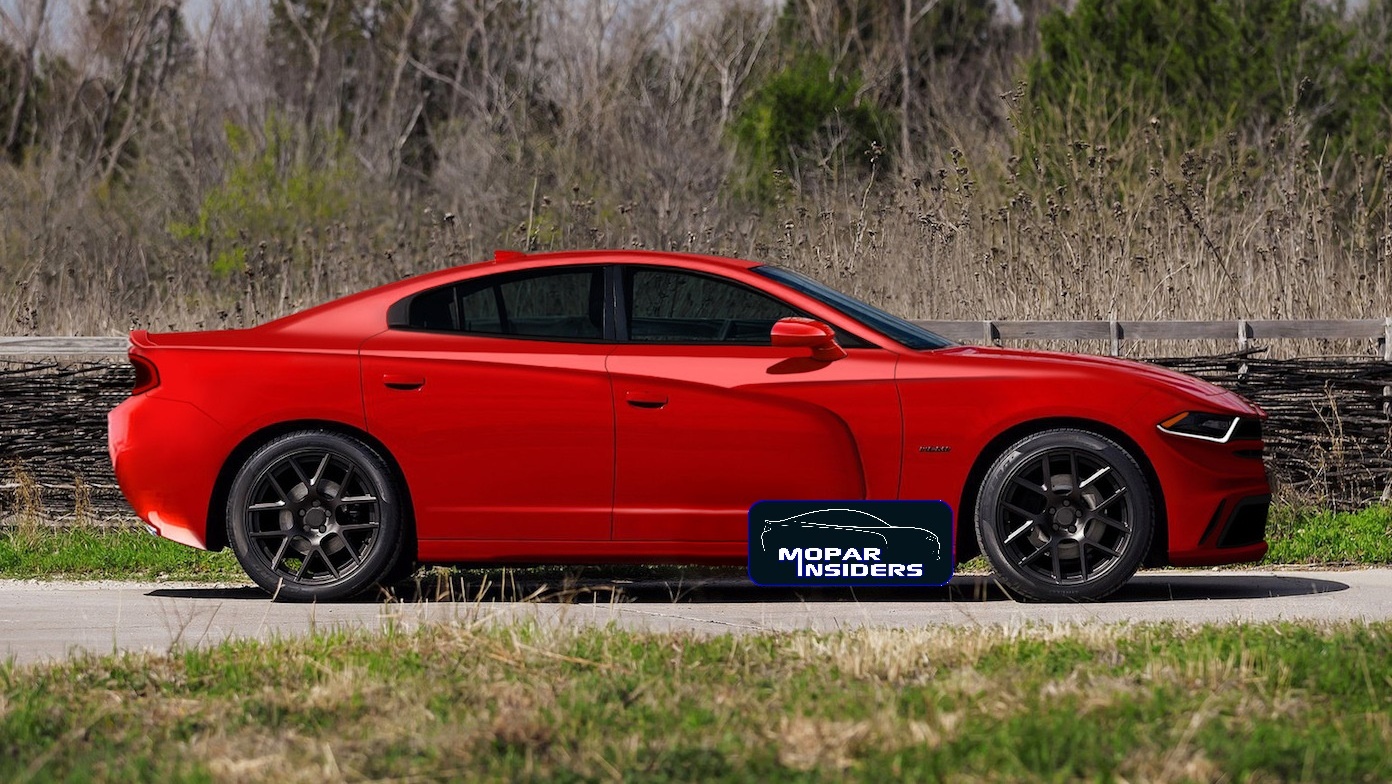
The next-generation Dodge Charger was first teased to the Chrysler dealer body during a dealer event in Las Vegas back in 2015. According to those who attended the new car carried a lot of styling elements from the 1999 Dodge Charger R/T Concept from the B-pillar backwards, while carrying a more upright front fascia like a BMW 7-Series. Dodge has several years since to change key elements of its design, however, we are told that much of that design is still there with new more aggressive LED lighting elements.

For Challenger fans, the car that was teased doing a burnout in the EV Day 2021 presentation, is far from the model that will make it into production. The new Challenger will be much more modern but will continue to take retro heritage cues from Chrysler Group muscle cars of the past. Our source says, that Dodge is taking the design of the Challenger “very seriously” and is making sure “not to repeat the styling mistakes of the current Camaro”, which pushed the retro theme of the car into an “abominable mess.”
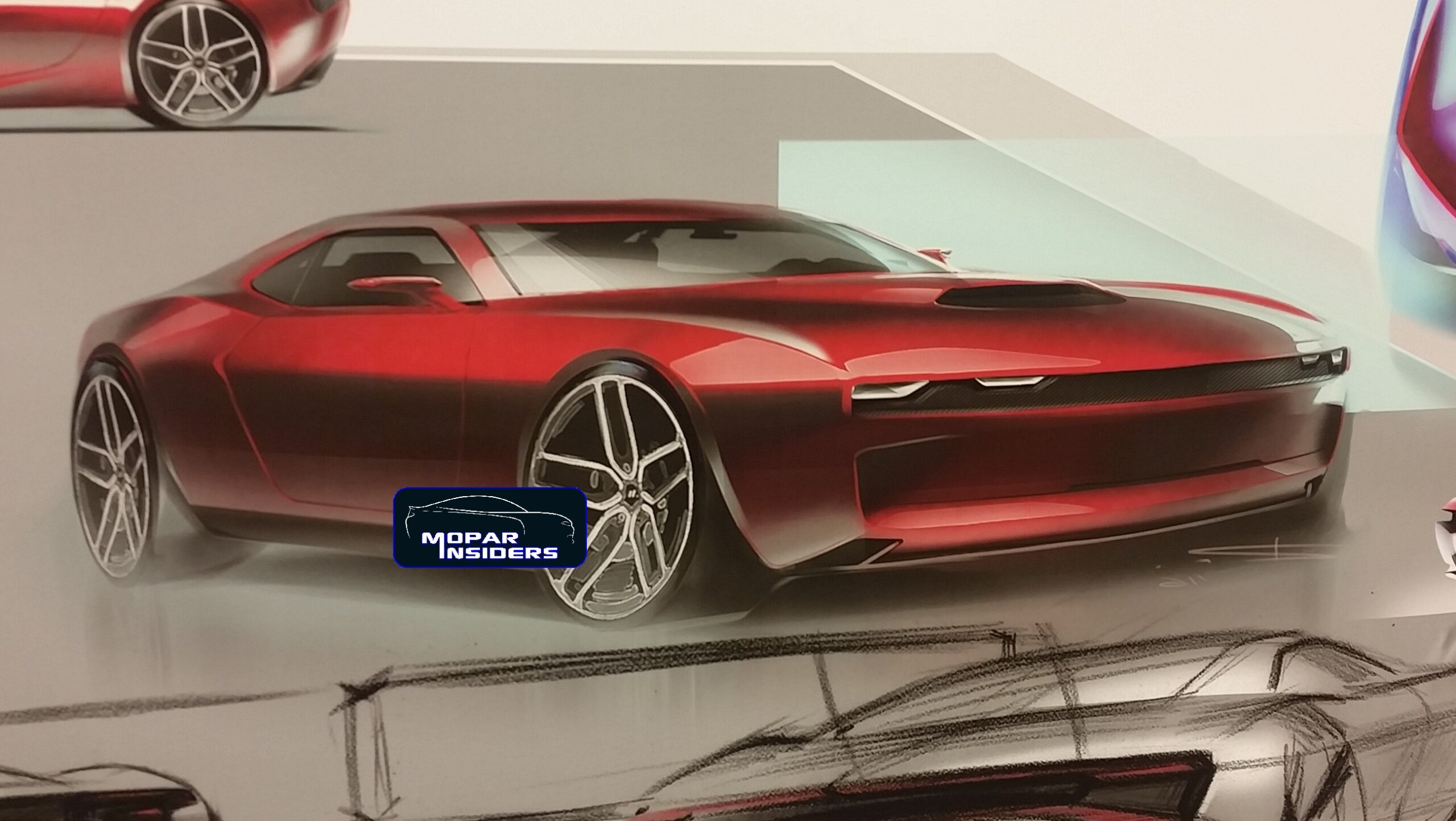
It is expected that the LB will continue to be a similar size as the current Challenger, so it will be a muscle car for everyday use and fitting 5-passengers comfortably.
There is also word about a convertible model making the production cut as well. A convertible version was shown during that 2015 dealer event. While that model was dubbed “Cuda” at the event, it is expected that Dodge will not drop its famed Challenger name due to its popularity.
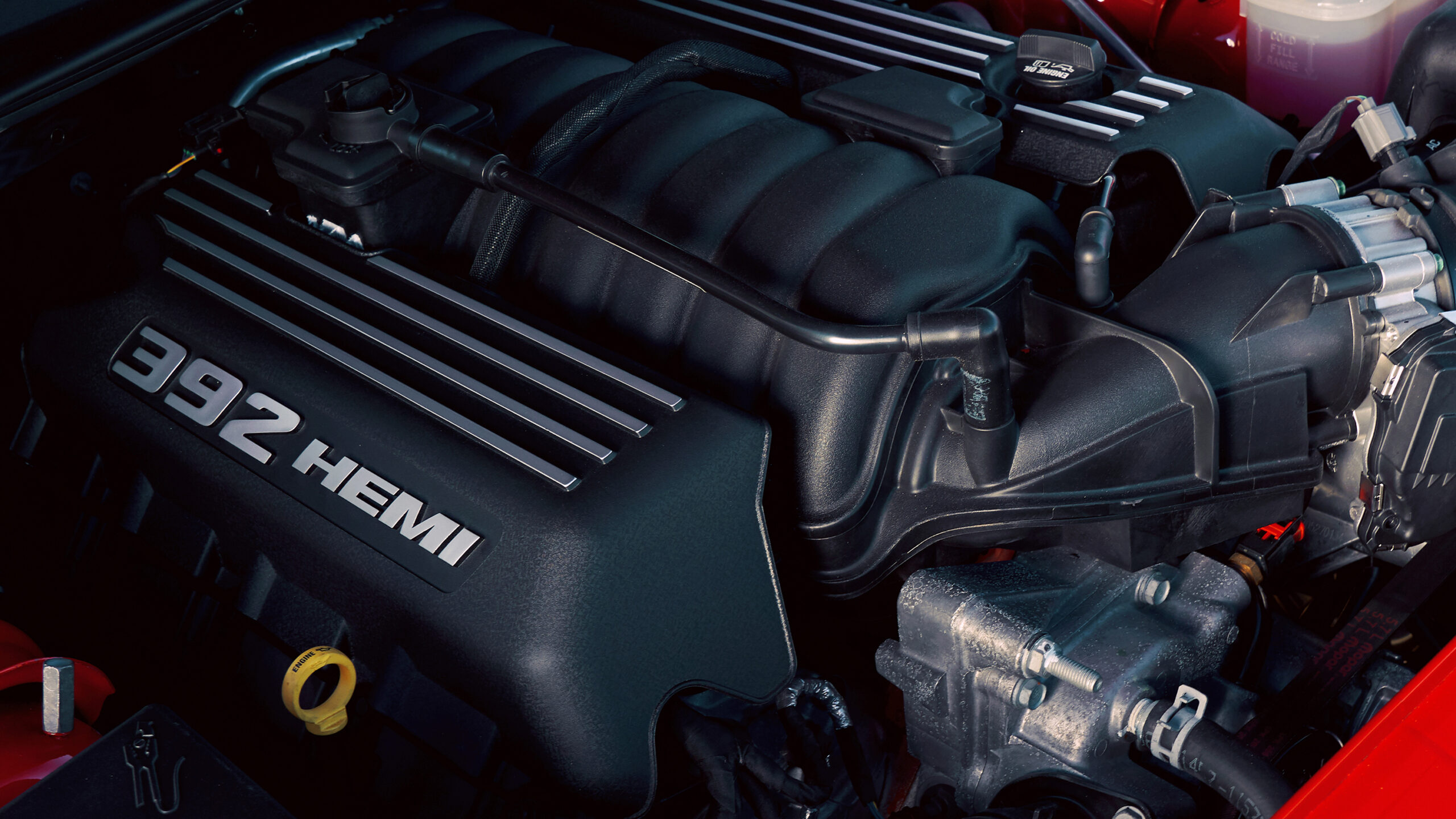
Powertrain –
While we are exactly sure if the supercharged HEMI HELLCAT V8 will be appearing in the next-generation cars just yet, we do know that the HEMI isn’t going away. You can expect a naturally-aspirated HEMI to be available in the lineup, but expect it to feature some kind of mHEV hybrid capability.
An all-electric (BEV) model of the 2024 Dodge Challenger will be produced, and according to many sources could be the fastest, most powerful, muscle car ever, challenging the 1/4-mile times of the beloved 2018 Dodge Challenger SRT Demon. Nothing has been officially said about the vehicle as of this article, other than Dodge intends to bring it to market.
The biggest news for the new Charger and Challenger will be the all-new turbocharged 3.0-liter inline-six-cylinder (part of the Global Medium Engine or “GME” family). The new engine has been under development for years and will be a class leader in technology, efficiency, and output.
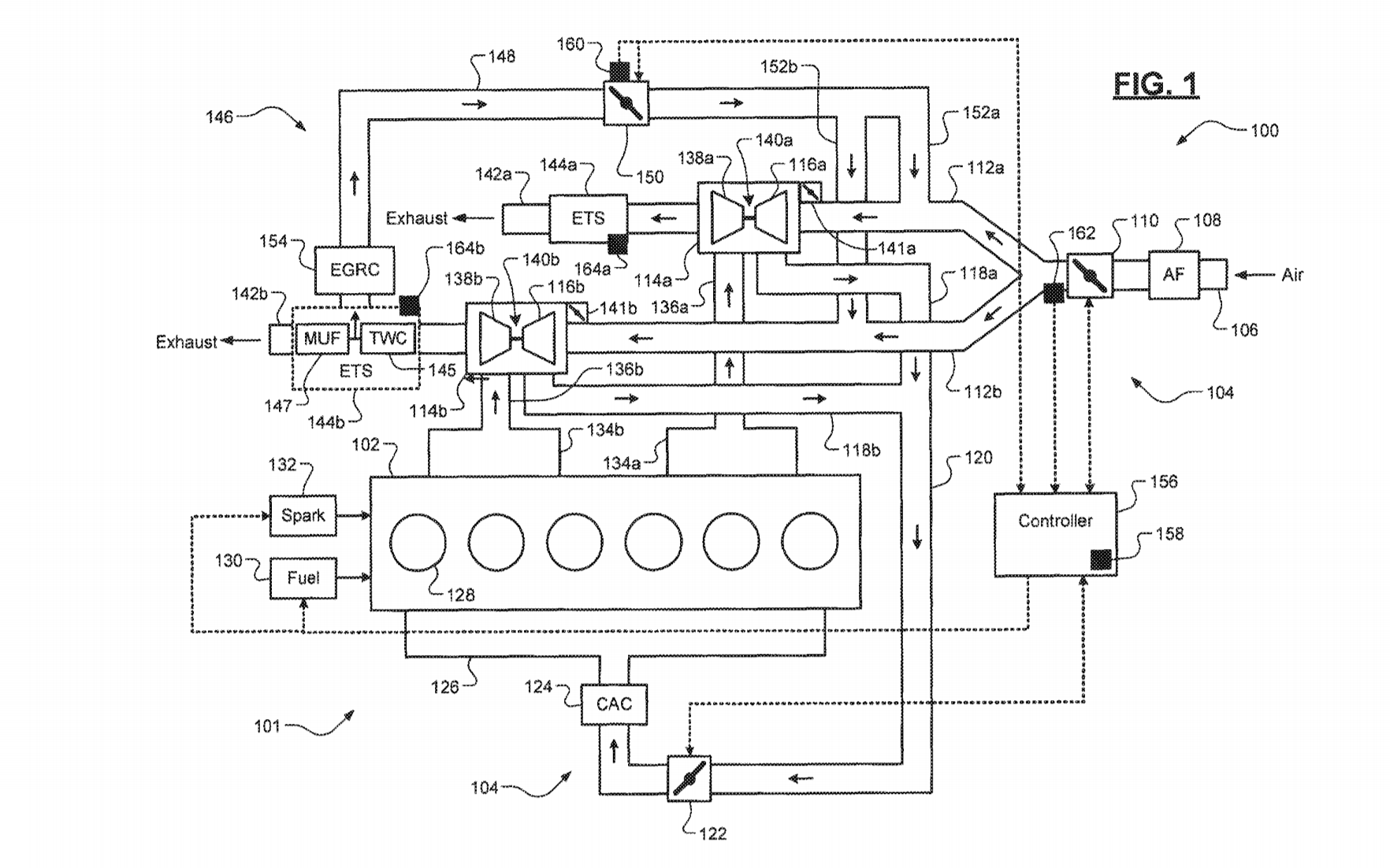
Our sources have indicated that the GME-T6 as the engine is internally called, will offer three different variants when it comes to market. A standard-output (S.O.) high-output (H.O.) and PHEV variants will all be available and should reveal power from the famed 6.4-liter (392) SRT HEMI V8. We have been told that the GME-T6 with PHEV technology could put out north of 525 horsepower and offer best-in-class fuel efficiency. That alone would revolutionize the modern muscle car offerings.
The GME-T6 will make its official debut sometime next year, under the hood of the Grand Wagoneer (WS).
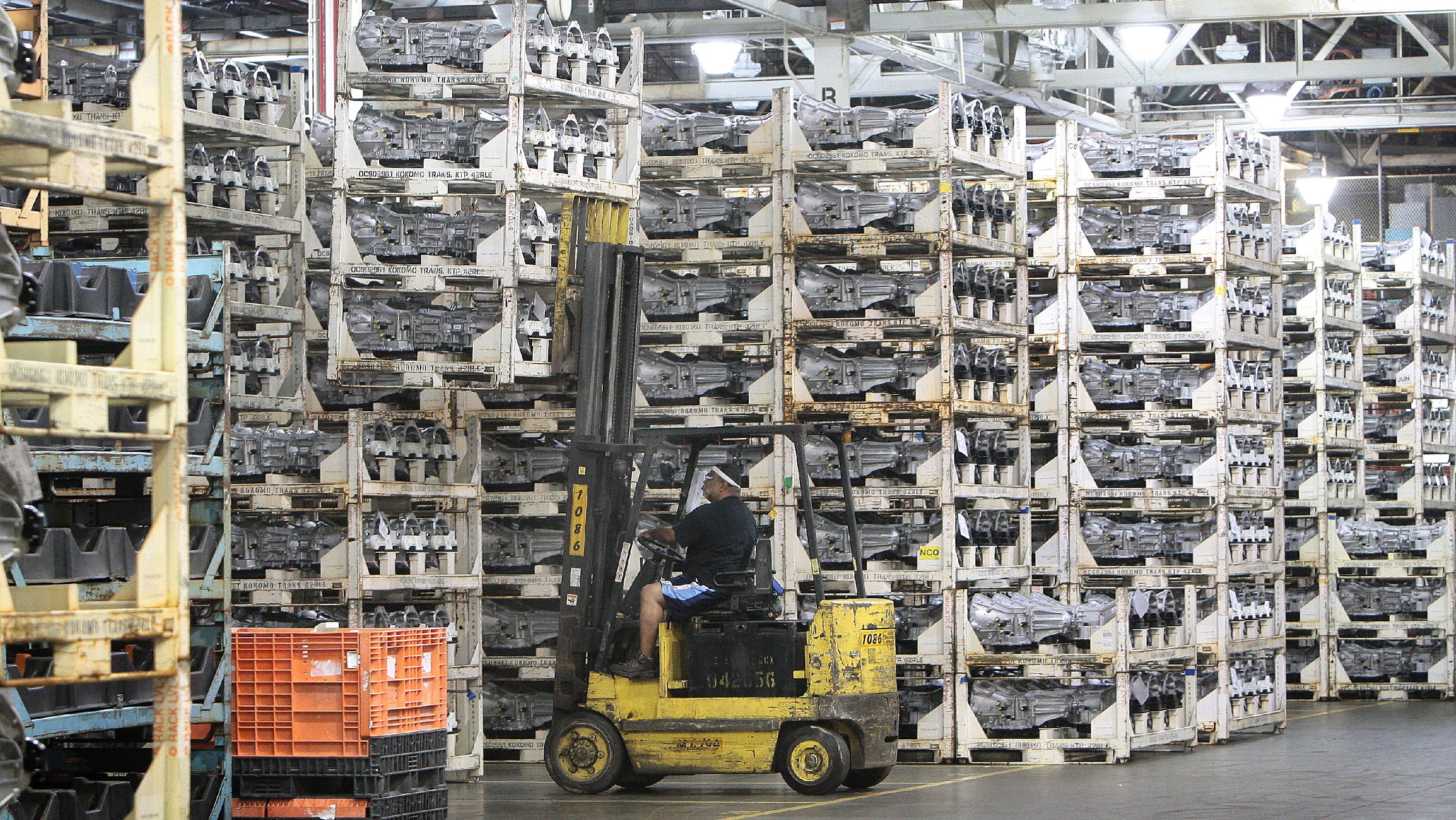
The new GME-T6 engines will be mated to the new fourth-generation 8-speed automatic transmissions built at the company’s Kokomo, Indiana transmission plant. Stellantis announced a $229 million inventment into the plant to help accelerate its electrification plans. This new transmission will have the flexibility to be paired with internal combustion engines (ICE), as well as mHEV and PHEV propulsion systems, for vehicles across the Jeep®, Ram, Chrysler, and Dodge brands. It will deliver improved fuel economy, provide a pure-electric range, and help vehicles meet future emission regulations.
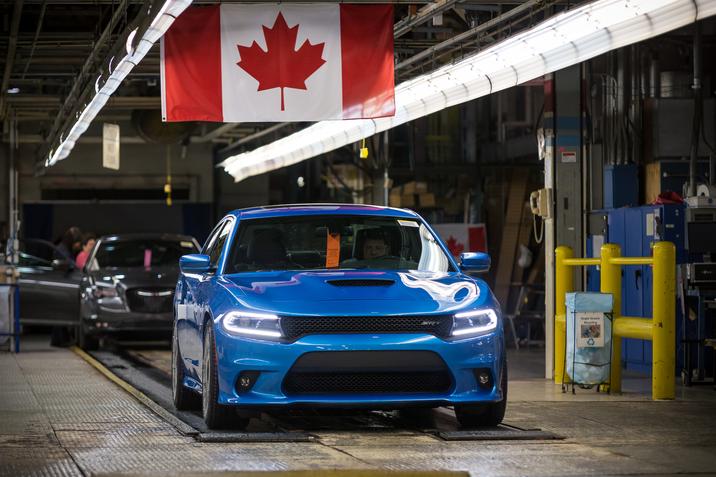
Production –
While the Dodge brand prides itself as America’s performance brand, the truth is that its two popular muscle car offerings are built in the suburbs of Toronto, Ontario, Canada. It’s been that way since Dodge and Chrysler launched the first of their rear-wheel-drive L-Series cars (the Dodge Magnum and Chrysler 300 Series) in 2004. But that could soon change, according to a report from Automotive News Canada.
The report indicated that Stellantis would switch the muscle car duo to a different production facility in the United States sometime next year. However, it seems unlikely since both the Dodge Charger and Challenger will be replaced in the 2024 model year, so we think it would be closer to late-2023. The beloved but forgotten Chrysler 300 Series will end production in 2023, right about the same time as the current generation Dodge Charger (LD) and Challenger (LA) stop coming off the assembly line.
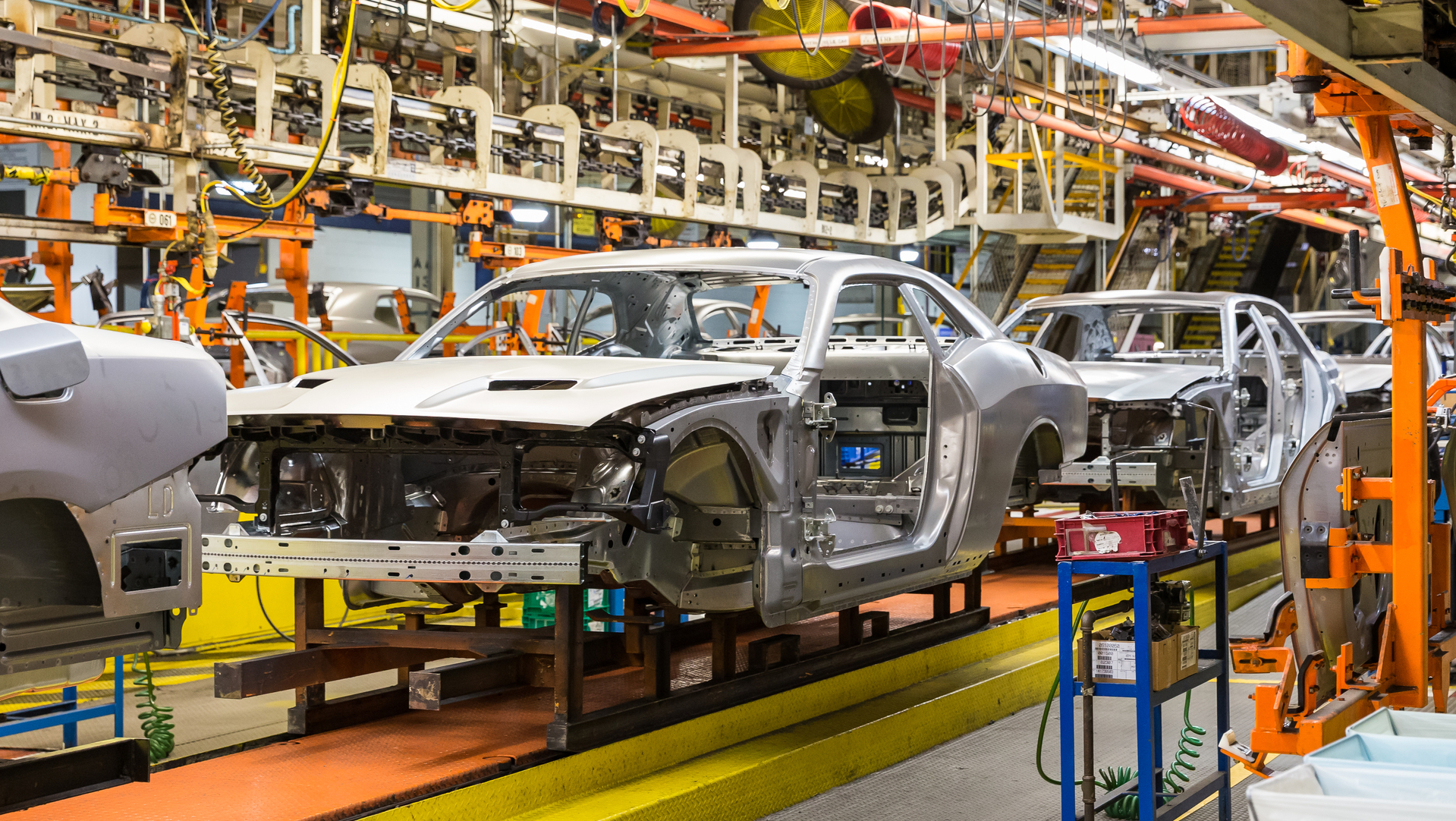
Although a specific plant was not identified in the article, there is only one former Fiat Chrysler Automobiles (FCA) plant located in the United States that could produce the cars currently – the Belvidere Assembly Plant in Belvidere, Illinois.
That plant is currently home to only one product, the slow-selling Jeep® Cherokee (KL), and has been struggling for over the last year with the shutdown during the pandemic and lack of semiconductors that Stellantis has been able to obtain. The plant laid off almost 1,400 workers in May 2019 and has recently announced 400 additional layoffs.
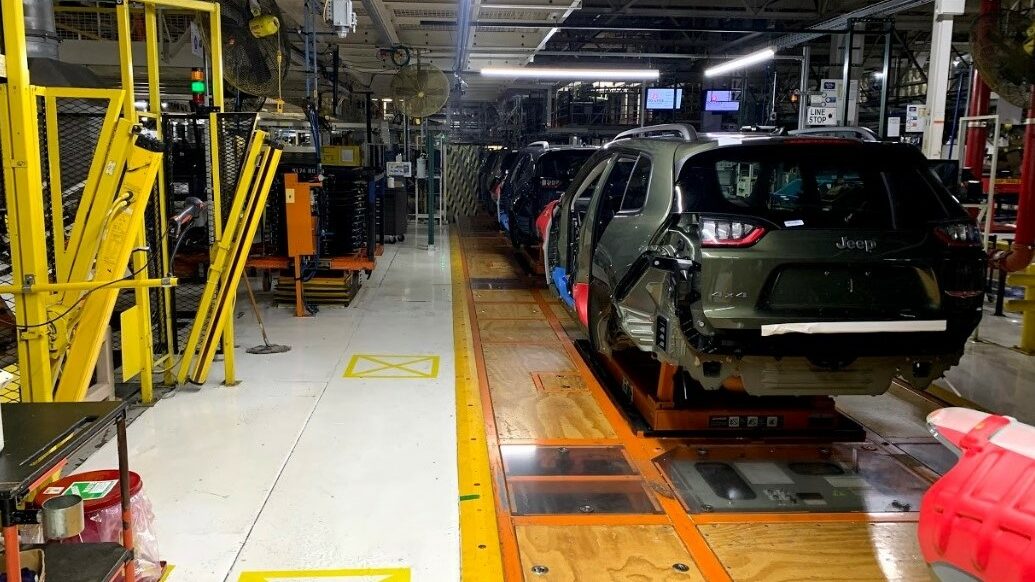
Stellantis has yet to acknowledge the plant to move production of the cars to the United States.
So muscle car fans, there is still a lot to be excited about with the next-generation of muscle cars from Dodge. While others are continuing to cancel and move away from performance coupes and sedans (or passenger cars in general), Dodge will continue to embrace the American legacy of the muscle car whether it be internal combustion or electric.
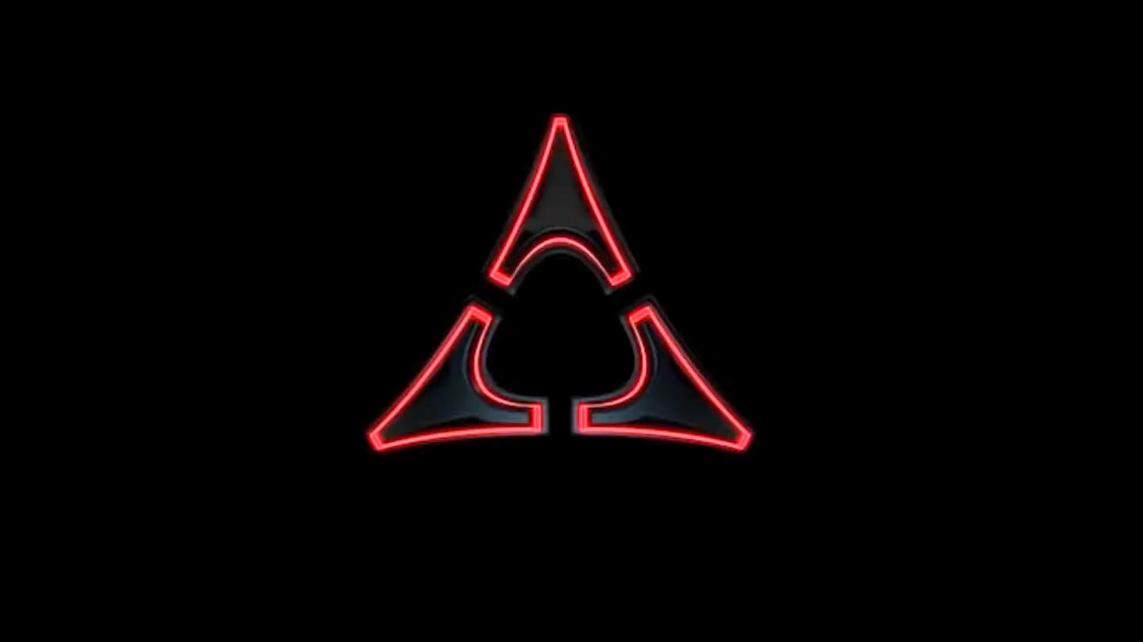
What is your take? Let us know what you are most excited about or want to see in the next-generation Dodge Charger or Challenger in the comments below.

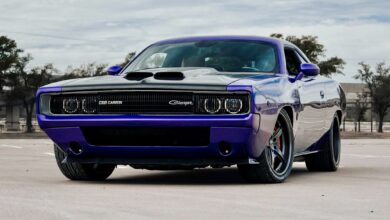

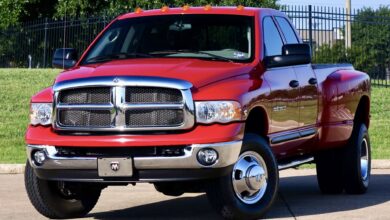
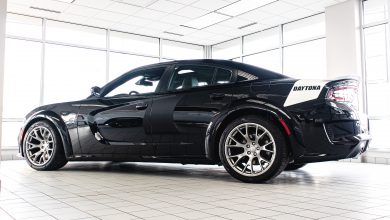
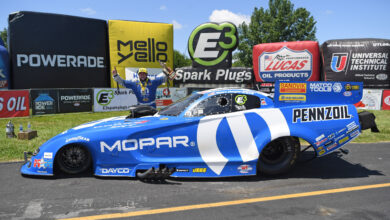
No replies yet
Loading new replies...
Join the full discussion at the Mopar Insiders Forum →